In the world of modern automotive technology, steering angle sensors play a crucial role in ensuring the safety and stability of vehicles. These sensors provide vital information to various systems within the vehicle, helping to improve overall performance and driver control. In this comprehensive guide, we will explore what steering angle sensors are, how they work, their importance, and their impact on vehicle safety.
What is a Steering Angle Sensor?
A steering angle sensor is a device that measures the steering angle of a vehicle's wheels and sends this information to the vehicle's electronic control unit (ECU). The ECU uses this data to control various systems, such as the electronic stability control (ESC) system, anti-lock braking system (ABS), and adaptive headlights. By monitoring the steering angle, these systems can adjust their operation to enhance vehicle stability, handling, and safety.
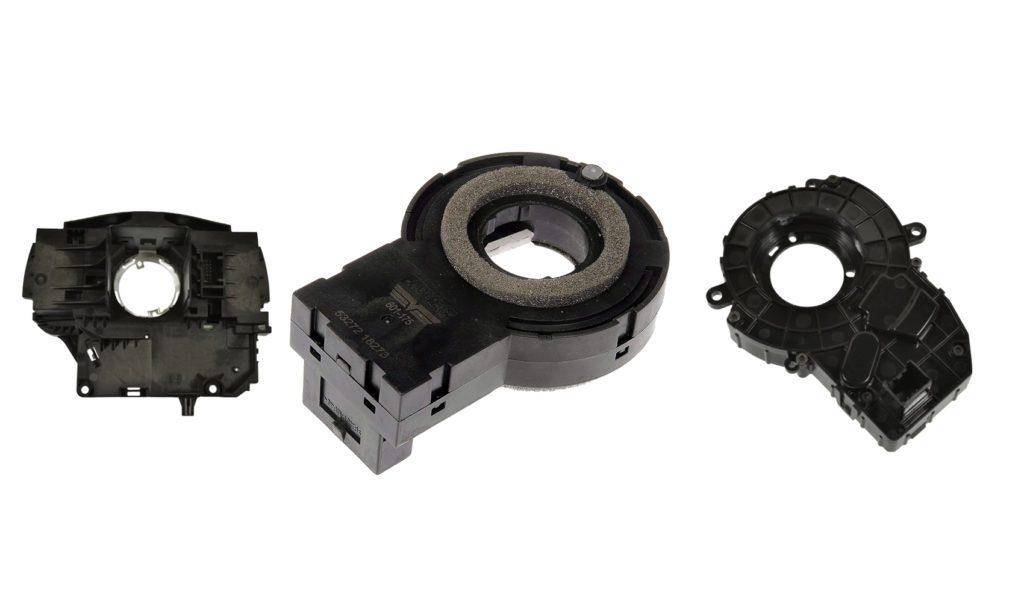
How Do Steering Angle Sensors Work?
Steering angle sensors work by detecting the position of the steering wheel and the angle of the wheels. There are several types of steering angle sensors, including optical sensors, potentiometers, and Hall effect sensors. These sensors use different technologies to measure the steering angle accurately.
For example, optical sensors use light to detect the position of the steering wheel, while potentiometers use a variable resistor to measure the angle of the wheels. Hall effect sensors use a magnetic field to detect the rotation of the steering wheel.
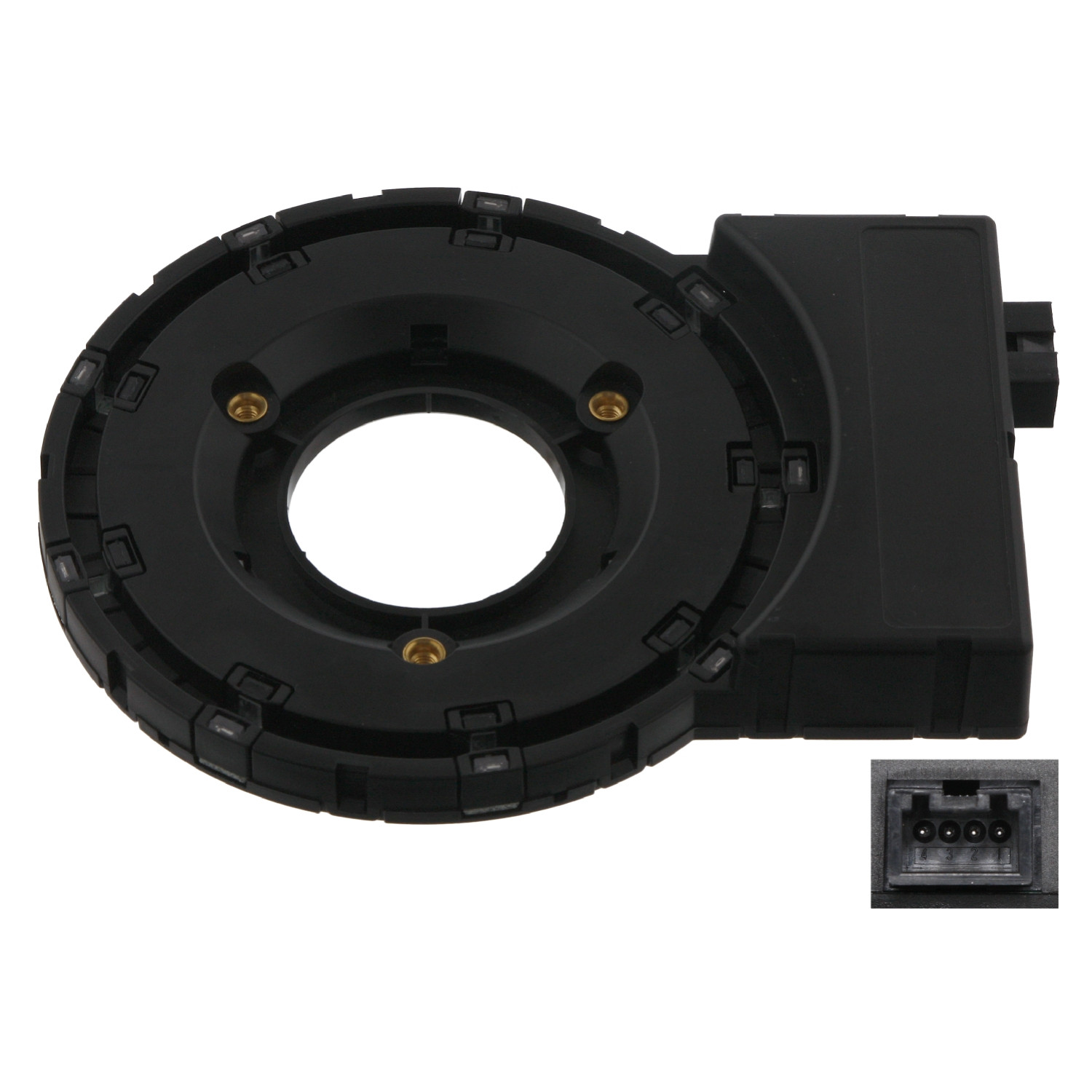
Importance of Steering Angle Sensors
Steering angle sensors are crucial for several reasons. Firstly, they play a vital role in the operation of electronic stability control (ESC) systems. ESC systems use the data from the steering angle sensor to determine if the vehicle is skidding or losing traction. If a skid is detected, the ESC system can apply the brakes to individual wheels to help regain control.
Secondly, steering angle sensors are essential for the operation of adaptive headlights. These headlights can adjust their direction based on the steering angle, illuminating the road ahead more effectively when turning corners.
Impact on Vehicle Safety
Steering angle sensors have a significant impact on vehicle safety. By providing accurate steering angle data to the vehicle's systems, these sensors help enhance stability and control, especially in slippery or hazardous conditions. This, in turn, can help prevent accidents and improve overall road safety.
Maintenance and Troubleshooting
Like any other automotive component, steering angle sensors require regular maintenance to ensure they are functioning correctly. This includes checking for any signs of wear or damage and replacing the sensor if necessary. Additionally, if a vehicle's ESC or ABS warning light illuminates, it could indicate a problem with the steering angle sensor, and it should be inspected by a qualified technician.
Conclusion
Steering angle sensors are a critical component of modern vehicle safety systems, providing vital information to help enhance stability, control, and overall safety. Understanding how these sensors work and their importance can help drivers appreciate the technology behind their vehicles and the role it plays in keeping them safe on the road. By ensuring steering angle sensors are well-maintained and functioning correctly, drivers can enjoy a safer and more secure driving experience.
The Previous Articles:
What Is Rack and Pinion Bushing? How To Tell If Rack and Pinion Bushings Are Bad?
Why Steering Rack Makes Noise When Turning?
How To Rebuild A Steering Rack?
What Is A Rotary Valve Power Steering Rack?
Rack And Pinion System Vs Power Steering System: What Are The Differences?
Power Steering Rack Market Analysis Report (Japan Market)
What Causes Steering Rack to Go Bad?
Design Of Car Rack And Pinion Steering Racks
What Is The Intelligent Steering Rack Used By VW, Toyota, Honda And Renault?
Understanding Steering Angle Sensors: A Detailed Overview
Demystifying Power Steering Fluid: Understanding Its Role in Steering Systems
Understanding Steering Angle Sensors: A Detailed Overview
Demystifying Power Steering Fluid: Understanding Its Role in Steering Systems
What is steering rack repair kit?
What is power steering reservoirs?
Understanding the Severity of Rack and Pinion Leaks in Your Vehicle
How to Find a Reliable Supplier of Steering Rack in China? Why You Should Choose Us?
What Is a Steering Rack Belt: Exploring the Role of Electric Steering Rack Belts
What Causes Drive Shaft Failure?
Steering Rack: When Should You Replace It?
Is Steering Rack Expensive to Fix? Exploring Steering Rack Repair and Costs
Demystifying the Difference Between Steering Rack and Steering Column
What is steering rack repair kit?
What is power steering reservoirs?
Understanding the Severity of Rack and Pinion Leaks in Your Vehicle
How to Find a Reliable Supplier of Steering Rack in China? Why You Should Choose Us?
What Is a Steering Rack Belt: Exploring the Role of Electric Steering Rack Belts
What Causes Drive Shaft Failure?
Steering Rack: When Should You Replace It?
Is Steering Rack Expensive to Fix? Exploring Steering Rack Repair and Costs
Demystifying the Difference Between Steering Rack and Steering Column

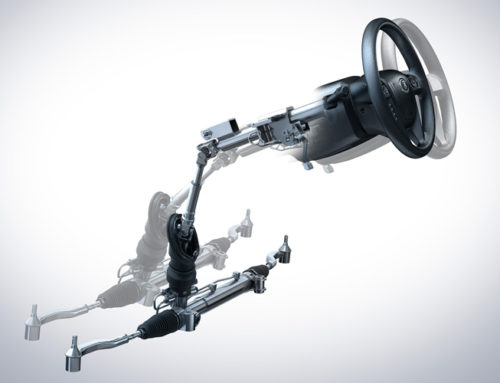
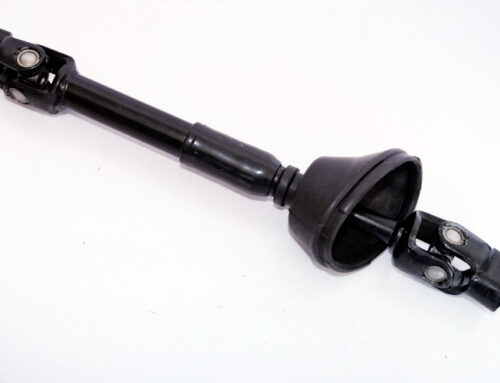
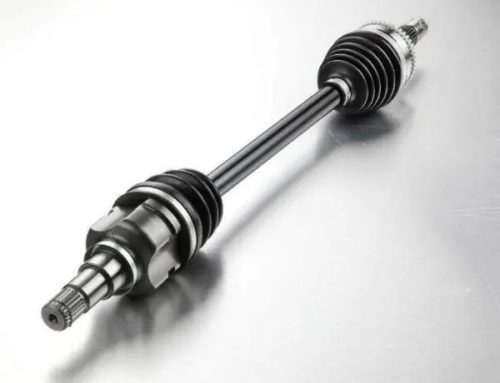
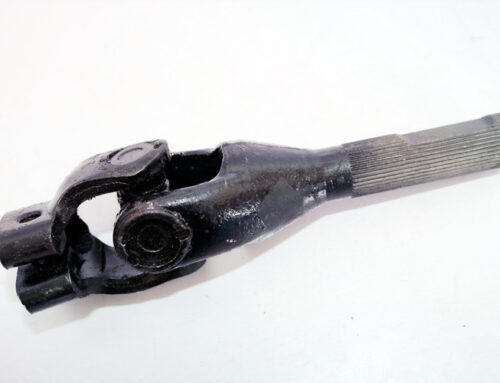

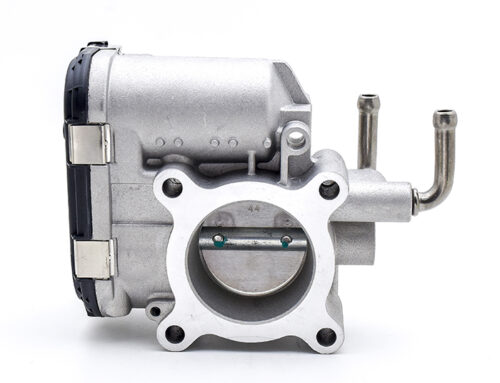
Leave A Comment